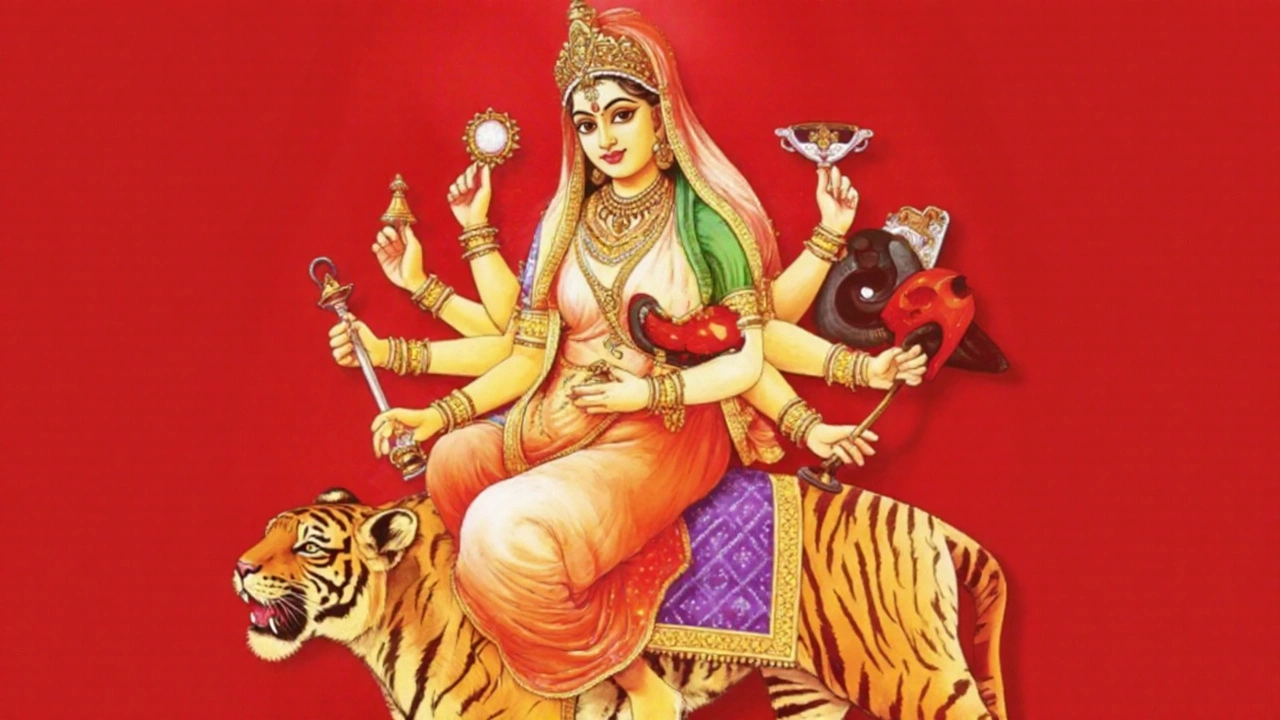Bhog Offerings: How to Prepare Simple, Tasty Ritual Food
If you’ve ever walked into a temple or a family puja and seen a plate of sweets, savory bites, and a steaming bowl of rice, you’ve witnessed a bhog offering. Bhog (pronounced “bhog”) simply means “food offered to a deity.” It’s not just about feeding a god; it’s about sharing gratitude, keeping traditions alive, and giving everyone a chance to enjoy a communal meal.
Most people think bhog has to be fancy or time‑consuming, but that’s a myth. The core idea is balance: a sweet, a salty, a sour, and a neutral item, all prepared with love. The food stays pure, no onion or garlic in many traditions, and it’s usually vegetarian. Below we break down the basics, give you a quick recipe plan, and share a few practical tips for serving bhog at home or in a temple.
What Makes a Classic Bhog Plate?
Think of a bhog plate as a mini‑menu that hits all the taste buds. A typical spread includes:
- Rice or roti – the neutral base that grounds the meal.
- Dal or lentil soup – protein and a comforting sour note.
- Vegetable sabzi – a lightly spiced veggie dish for the salty side.
- Sweet – often a piece of halwa, laddu, or kheer to finish on a happy note.
- Prasad water – a small glass of boiled, cooled water to cleanse the palate.
Adjust the items based on regional customs. In Bengal, for example, bhog often features rice, a fish‑free curry, and sandesh. In Gujarat, you’ll see dhokla, farsan, and shrikhand. The key is to keep the flavors distinct yet harmonious.
Quick Bhog Recipe: Simple Lentil Dal + Sweet Kheer
Below is a no‑fuss plan you can finish in about an hour. All ingredients are pantry staples.
Ingredients – Dal
- 1 cup split yellow moong dal
- 2 cups water
- 1 tsp turmeric
- 1 tsp cumin seeds
- 1 tsp ghee
- Salt to taste
Method
- Rinse the dal and toss it with water and turmeric. Bring to a boil, then simmer until soft (about 20 minutes).
- In a small pan, melt ghee and add cumin seeds. When they crackle, pour the tempering over the cooked dal.
- Add salt, stir, and let it rest for a few minutes. Your dal is ready for bhog.
Ingredients – Kheer
- ½ cup basmati rice
- 4 cups milk
- ¼ cup sugar
- ½ tsp cardamom powder
- Few strands of saffron (optional)
- Chopped almonds for garnish
Method
- Wash rice and soak for 10 minutes. Drain.
- In a heavy-bottomed pot, bring milk to a gentle boil. Add rice and stir continuously to avoid sticking.
- Cook until the mixture thickens (about 15‑20 minutes). Add sugar, cardamom, and saffron.
- Turn off heat, let it cool slightly, then garnish with almonds.
Serve the dal with a small mound of rice, a side of plain roti, and a spoonful of kheer. You now have a complete bhog offering that’s both tasty and respectful of traditional guidelines.
Practical Tips for Serving Bhog
Use clean, new plates. Bhog is considered sacred, so the serving dishes should be spotless. Many families use stainless steel or brass plates.
Keep it modest. The idea isn’t to impress with quantity but to offer a sincere portion. A small bowl of each item is enough.
Arrange visually. Place the sweet at the center or highest point—this signals the final offering. Sweetness is seen as the ultimate blessing.
Invite everyone. After the deity receives the bhog, the same food is distributed among devotees. It reinforces community and equality.
With these basics, you can create bhog offerings for daily puja, festive celebrations, or even a small gathering with friends. The process is simple, the flavors are comforting, and the act of sharing food adds a spiritual layer to any occasion.
